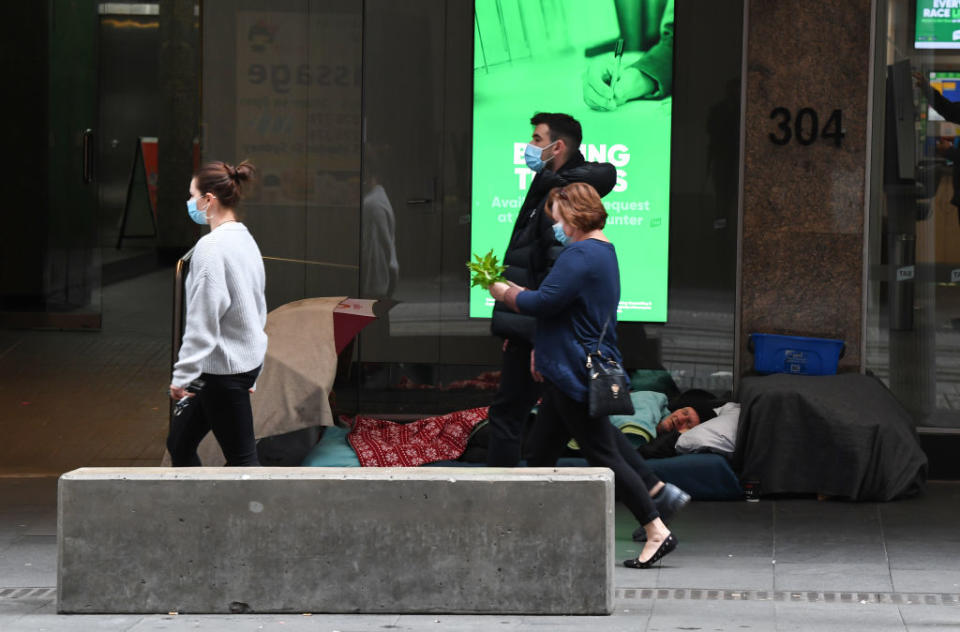Rental affordability hasn’t looked this good in 13 years

A smaller proportion of Australian pay packets are going to rent, with rental affordability at its highest levels in over a decade, new data has revealed.
According to the Real Estate Institute of Australia’s (REIA) latest housing affordability report, rental affordability improved across the whole country over March, April, and June this year.
The proportion of household income needed to meet rent payments fell by 0.4 per cent to 23.3 per cent over the June quarter.
This is down 0.5 per cent since this time last year, said REIA president Adrian Kelly.
“Rental affordability has not been this high since December 2007, a positive for renters in these COVID times.”
“This can be mainly attributed to the reduction or stabilisation of rents during the June quarter with only the Australian Capital Territory having an increase in rents.”
And while family income barely rose (0.1 per cent) during the June quarter, the record-low interest rate environment has meant loan repayments have also fallen, Kelly said.
“The average loan repayment decreased 0.6 percentage points through a drop in the average variable standard interest rate.”
But the proportion of family income needed to meet loan repayments varies depending on which state you live in.
Nationally, Aussies spend just over a third (34.5 per cent) of their weekly family income $1,819 on average loan repayments.
Those living in NSW see the greatest chunk out of their pay, with loan repayments eating 42.3 of their pay packet ($1,819).

By contrast, those in the Northern Territory spend about a fifth (20.4 per cent) of their weekly pay ($2,232) on loan repayments.
Those living in the nation’s capital have on average the highest weekly pay ($2,815) in the country. 22.3 per cent of that goes to loan repayments.
The number of new loans in the June quarter has fallen when compared to the previous quarter and the June quarter of 2019, the report revealed.
“This is the lowest number of new loans issued in the past 5 years for all areas except New South Wales and the Australian Capital Territory and reflects the reduced activity in the housing market as a result of restrictions associated with COVID,” Kelly said.
Make your money work with Yahoo Finance’s daily newsletter. Sign up here and stay on top of the latest money, economy, property and work news.
Follow Yahoo Finance Australia on Facebook, Twitter, Instagram and LinkedIn.

 Yahoo Finance
Yahoo Finance 

